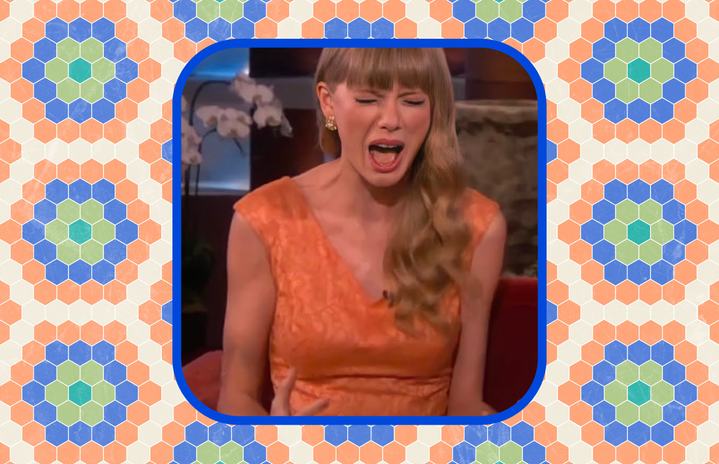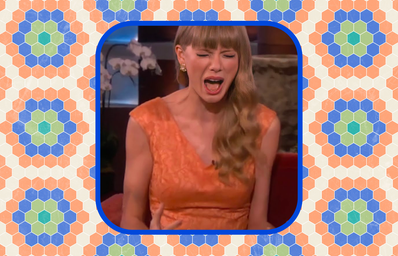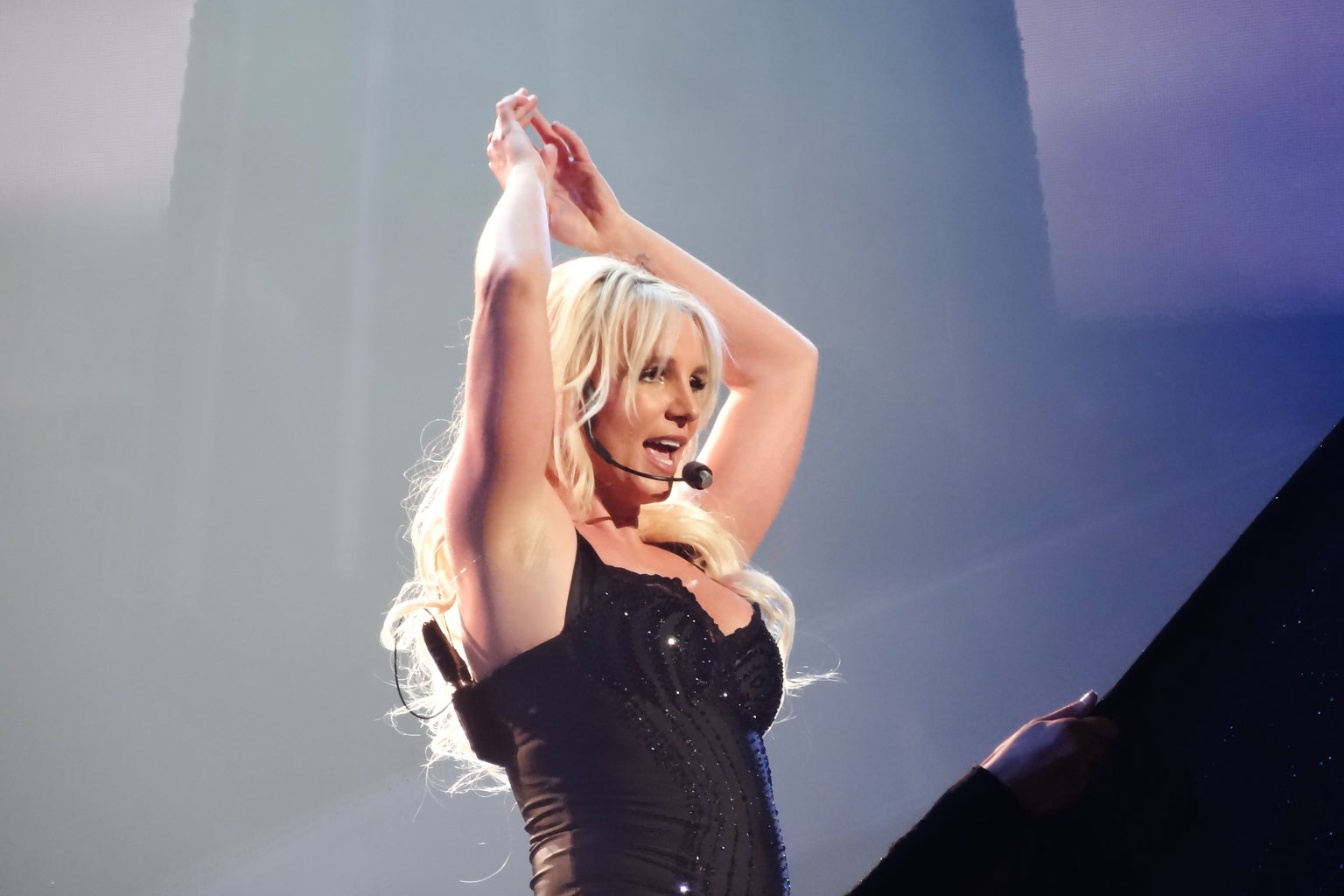There is inarguably a history of exploitative practices by the media toward female presenting celebrities. For decades, headlines have consisted of shaming women for their outward appearances, reactions to unfair treatment, relationships with romantic partners, falling outs and “breaks.”
It seems their values have been placed on those things, rather than their successes and things that matter. The media has quite the reputation for this, which only worsened as paparazzi became more prevalent in the early 2000s.
Now, in the age of social media with the ability to openly judge right at our fingertips, are we only perpetuating this unfair treatment towards these celebrities? Let’s break down these areas that the media seems to repeatedly focus on.
Unfortunately, it’s become clear now more than ever that the media heavily focuses on physical appearances. The media historically dictates if someone’s looks are up to “standards.” Several celebrities have become victim to this dehumanizing practice.
For example, Kylie Jenner was deemed as the “ugly sister” when she was younger and is now ridiculed for whatever cosmetic work she’s had done. Her older sister, Kim Kardashian, was ripped apart in headlines about the appearance of her pregnant body.
During Rihanna’s Super Bowl halftime show, headlines seemed to focus on a possible pregnancy, rather than her badass performance. Celebrities such as Britney Spears and Billie Eilish were sexualized as minors in the industry.
Some women are even criticized with racist intentions. Meghan Markle and Halle Bailey are only a couple examples of this. Markle was viciously ridiculed by the British press because of her race, which was deemed as “controversial” for her role in the Royal Family. Bailey’s role as Ariel in the remake of “The Little Mermaid” was poorly received by the public. They questioned her appearance and whether it meant she could properly play her role.
Another way these celebrities are negatively portrayed in the media is through their reactions to unfair treatment. Serena Williams, a legendary sportswoman, has endured racism and sexism for years. In 2018 during the US Open final, she was given three code violations and lost the match. A cartoon portraying her reaction was printed, assigning her the racist trope of an angry Black woman.
During the Super Bowl halftime show in 2004, Justin Timberlake accidentally exposed Janet Jackson’s breast. She was required to make public apologies for this wardrobe malfunction. She recalls regretting the apology, wondering, “why should I apologize for an accident?”
In 1995, Pamela Anderson and Tommy Lee’s private tapes were stolen and leaked to the public. In her 2023 documentary, “Pamela, a love story,” she stated her right to privacy was questioned due to her past as a model and Playboy bunny.
In 2016, an edited phone call between Kanye West and Taylor Swift was posted, making Swift seem as if she lied about giving West permission to release his song “Famous.” Lyrics included taking credit for her fame and calling her a b*tch. Swift continued to deny her consent and the public “canceled” her. Headlines called her a “snake” and over a million Twitter users participated in #taylorswiftisoverparty. A few years later, the original video was leaked proving that she never gave West permission.
Women have been reduced to their relationships with men. Often, Hailey Bieber’s legitimacy as a celebrity is questioned, as people credit her fame to being the wife of Justin Bieber. Another heartbreaking example of this on a larger scale is what the media did to Monica Lewinsky. In the late 90’s during her internship at the White House, she had a romantic relationship with former president Bill Clinton. The media reduced her to her appearance and actions, blaming her as much as they did the president — a man with extreme power and influence. At the time, she was 22 and he was 49.
The media also seems to enjoy making headlines based on the mental health of female celebrities. Three notorious women that have fallen victim to this are Lindsay Lohan, Amanda Bynes and Britney Spears. Bynes and Lohan were scrutinized for addiction issues and their negative but private behaviors. Anyone can hear the words “Britney Spears” and “2007” and know exactly what is being referred to. Her personal afflictions have been memorialized through the media’s dehumanizing ploys to expose her personal life and get a headline.
The last area I’m going to discuss is celebrity falling outs. There is a specific trend that seems cyclical in the media: two women competing for one man. The earliest example of this is Debbie Reynolds, Elizabeth Taylor and Eddie Fisher in the 50’s. Fisher left Reynolds for Taylor and the media had a heyday despite the women’s ability to remain friends. Each woman received their role without much focus on the man’s doings.
In the 2000s, we had seen perhaps the first assigning of teams in a falling out: Anniston or Jolie. Amidst Jennifer Anniston and Brad Pitt’s public divorce, Pitt went on to be with Angelina Jolie. The media started examining why he might have left Anniston and crafted reasons to pit the women against each other. Sound familiar? The media is perpetuating this very narrative again.
Recently, the media thrived off the “beef” between Selena Gomez and Hailey Bieber. While the internet decided they picked up on some tension between the two regarding alleged passive-aggressive bullying, they had a field day with it. There were perhaps millions of commentators involved, assigning each girl a role in the “beef” and even dragging other celebrities into it. They dug up old videos and tweets, only fueling the illusion of an argument going on.
In reality, each woman barely commented. It seemed to cause them both distress, as they made public statements that it was blown out of proportion. Although the media perpetuated the narrative of drama, anonymous users on social media used comments and old content to fuel the fire.
While these are only a few examples of how women are treated by the media, we cannot deny it’s usually negative. Why are women continuing to be exploited in the media? Do we have influence in this?
In the age of TikTok, videos are curated to an algorithm on our For You pages. When we log on, we aren’t in control of the content coming across our screens. Not only this but unlimited access to comment on whatever, whenever we’d like is right at our fingertips. It seems these comment sections have been abused to become a forum of thought sharing, usually consisting of negative words and bullying. While there is a feature to turn these comments off, most celebrities don’t.
When will we ask ourselves if we are just as guilty as the media? Are we only encouraging them to write nastier headlines and articles about these women when we comment and speculate? Why do we collectively view their personal lives as a source of entertainment? These are real people with feelings and experiences. Why do we care when they don’t even know who most of us are?
For the sake of artistic integrity, part of this feels hypocritical. We are surrounded by this type of media and sometimes I find myself paying attention. It never makes me feel good. I challenge us to ask ourselves: what can we do to stop it?




